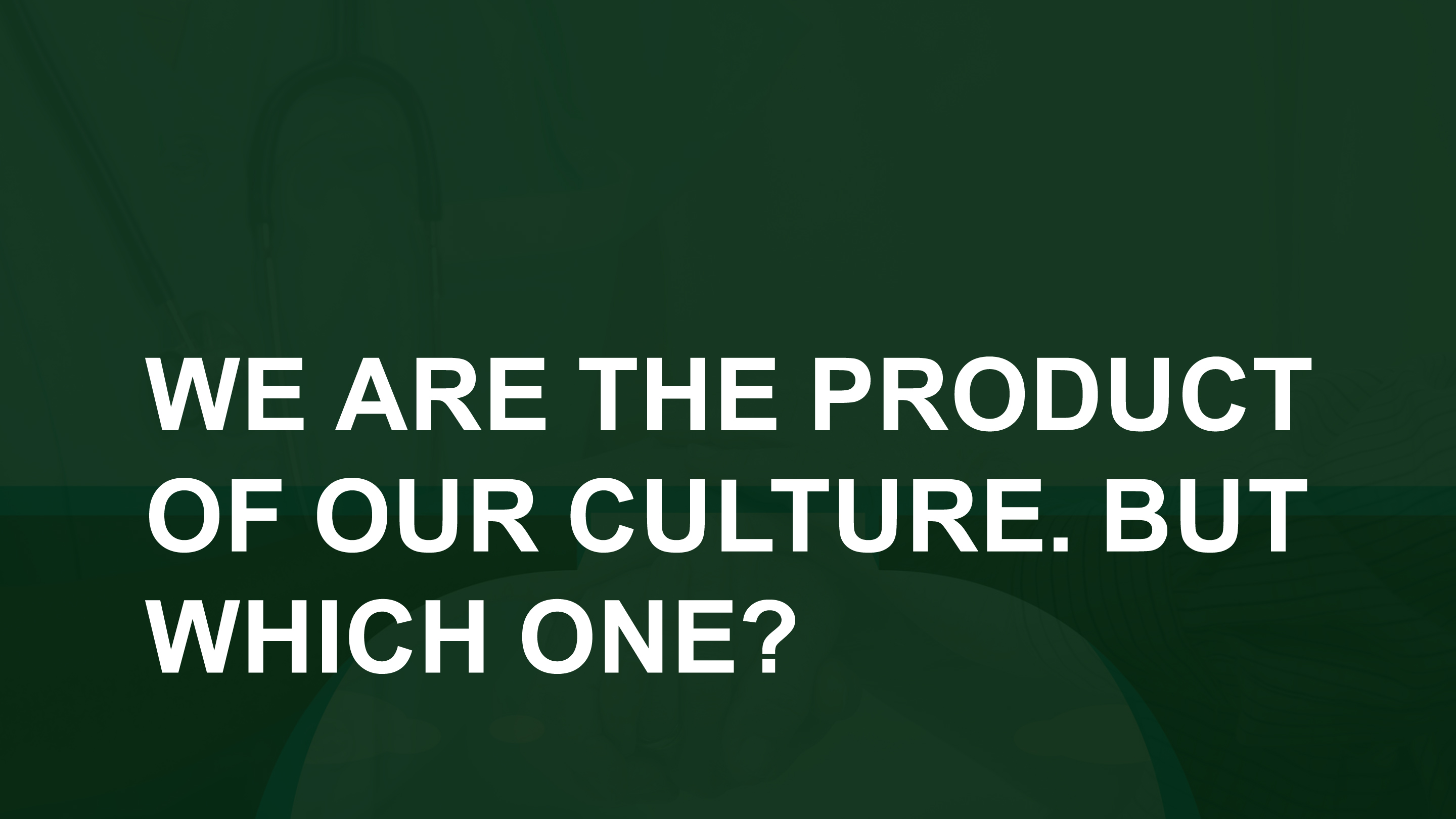Culture
Since time immemorial, man has been a social animal. From the very first moment of being born to his last breath, we remain affixed to the culture we are born into. To quote Walter Lipmann—
“Culture is the name for what people are interested in, their thoughts, their models, the books they read and the speeches they hear.”
So, culture sketches one’s life and the way they approach it. Indian culture and traditions are known all over the world. The beauty of India is that it is culturally diverse, and traditions are deeply rooted with a long-shared history. For example, the word “Namaste” in literal terms means “I bow to you.” This signifies to keep the ego aside in the presence of each other. Another saying “Atithi Devo Bhavah” which means “guests are equivalent to God” is an integral part of the Indian culture. Tradition of two or more generations living together is a beautiful culture of our country because it helps younger generations learn and uphold golden values like gratitude, discipline, compassion and respecting others.
In ancient India, education followed the Guru-Sishya Parampara. Children were sent to the ashram not only to take education which could equip them to earn their livelihood, but also to imbibe moral and spiritual values. Such values helped them to sustain themselves in their moments of confusion and anxiety. Hence, they were able to sail through ups and downs of life with a reasonable sense of equanimity. Not only did it focus on imparting knowledge but taught the values and the art of living. In contrast, modern education has largely been limited to the classroom and textbooks, which has made us mug up the literature blindly without fully realising the practical application of knowledge. Marks have become the yardstick of judgement of one’s knowledge and skills. A child is constantly under parental and peer pressure to excel in his studies and stay ahead of his companions. The ultimate goal of every child is to imbibe an education which would fetch him a job with good remuneration and would be the object of envy for others. As a consequence, from a very tender age, young minds become warped due to obsessive preoccupation of the adults with financial security. It has been felt that the basic physical needs cannot be met without money, hence the need to prepare for a means of livelihood.
It feels to me that a child, who is born in a culture with rich values, goes into education system is somehow losing the rich values and becoming mechanical. Medical education is not immune to this type of educational culture. It appears that after spending years in the current medical education whose focus is largely on scientific knowledge and technical skills, we (medical students) are losing our humane values and becoming robots by the time we graduate. This lack of humane values is putting strain on Doctor-Patient relationship. For instance, inability of us to express empathy is making patients think that we are acting like an emotionless robot. Facing the context of strained Doctor-Patient relationships, we should integrate rich traditional values into medical education. We should work on upholding humane values throughout professional training and journey. In sum, to become a good and efficient doctor there need to be knowledge that trains the mind and right values that trains the heart.
Therefore, the big questions are—
How can we break through the walls of mechanical medical curriculum in order to integrate the cultural values?
What responsibilities do individual medical students have towards it?
How can the medical colleges work towards it and ultimately what role does the government play?
Author:
Name: Sumokshya Sibalika
Year of study: 3rd year
College: Pandit Raghunath Murmu Medical College and Hospital, Odisha, India.


Reviews